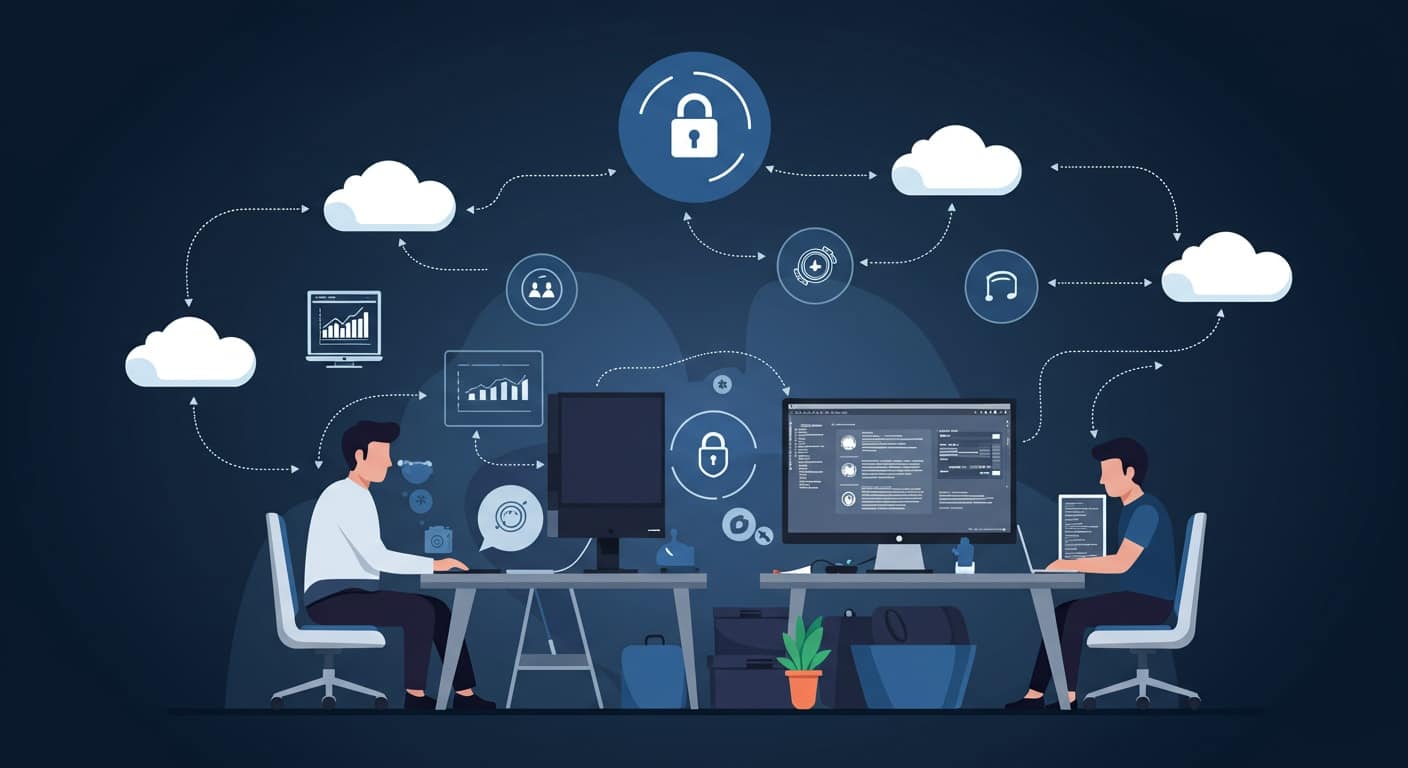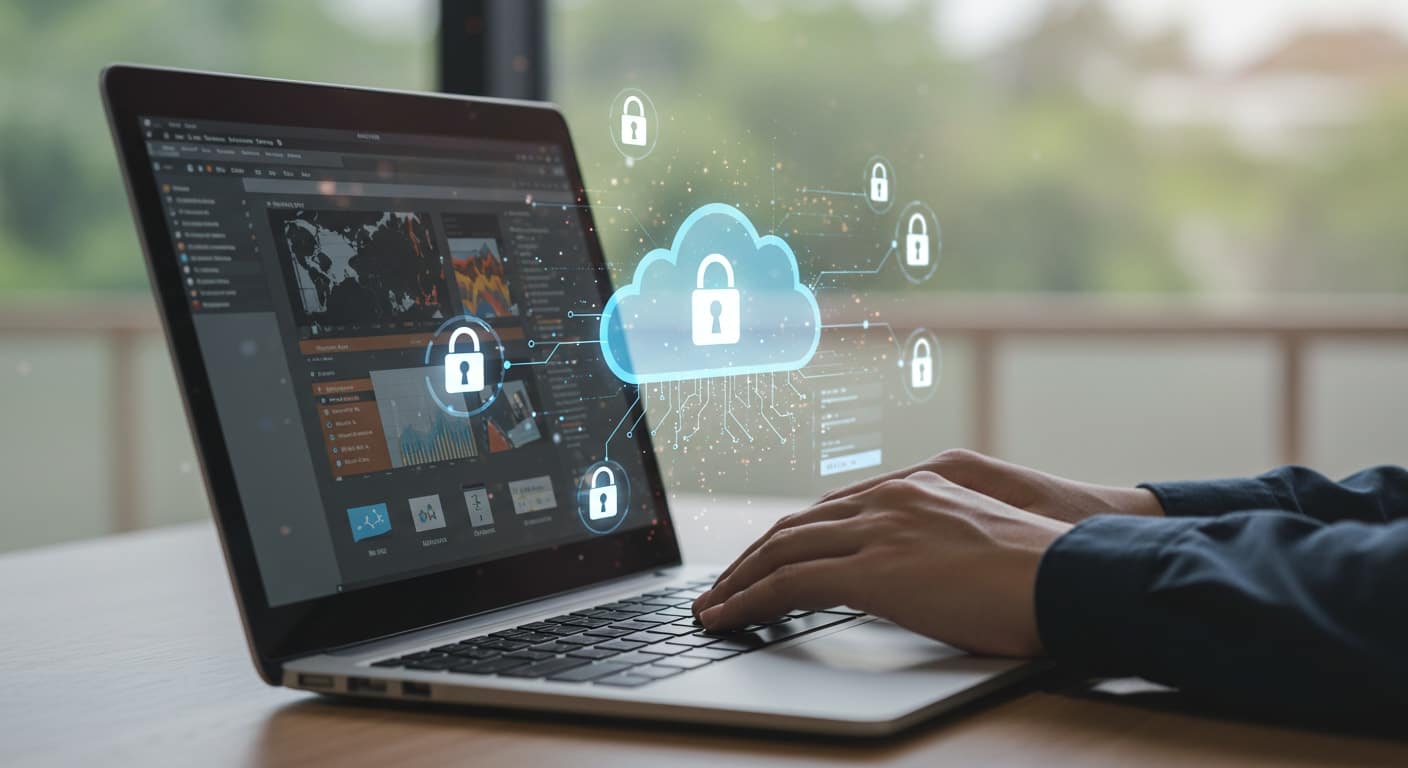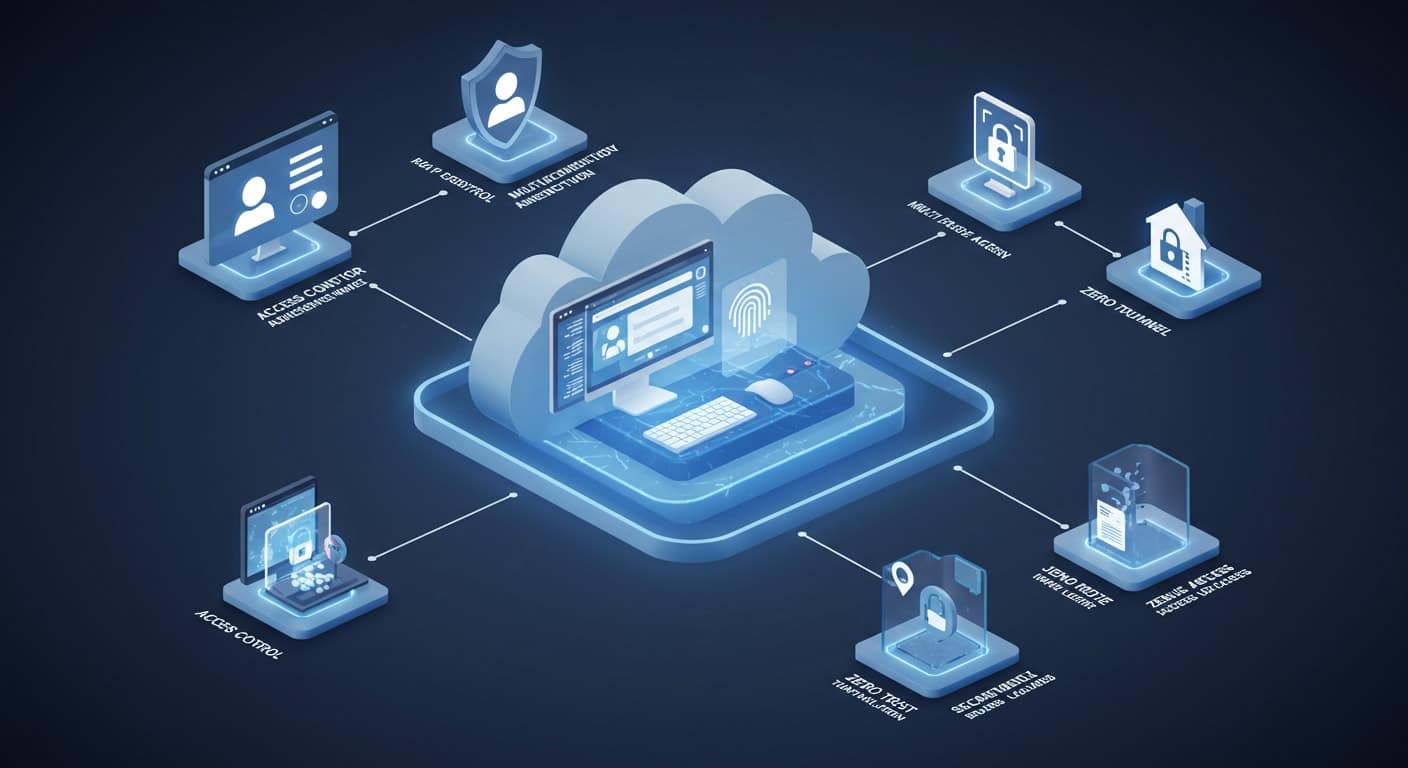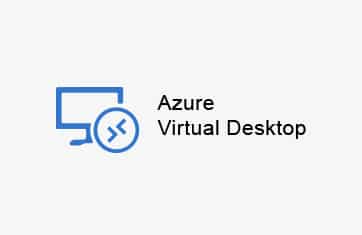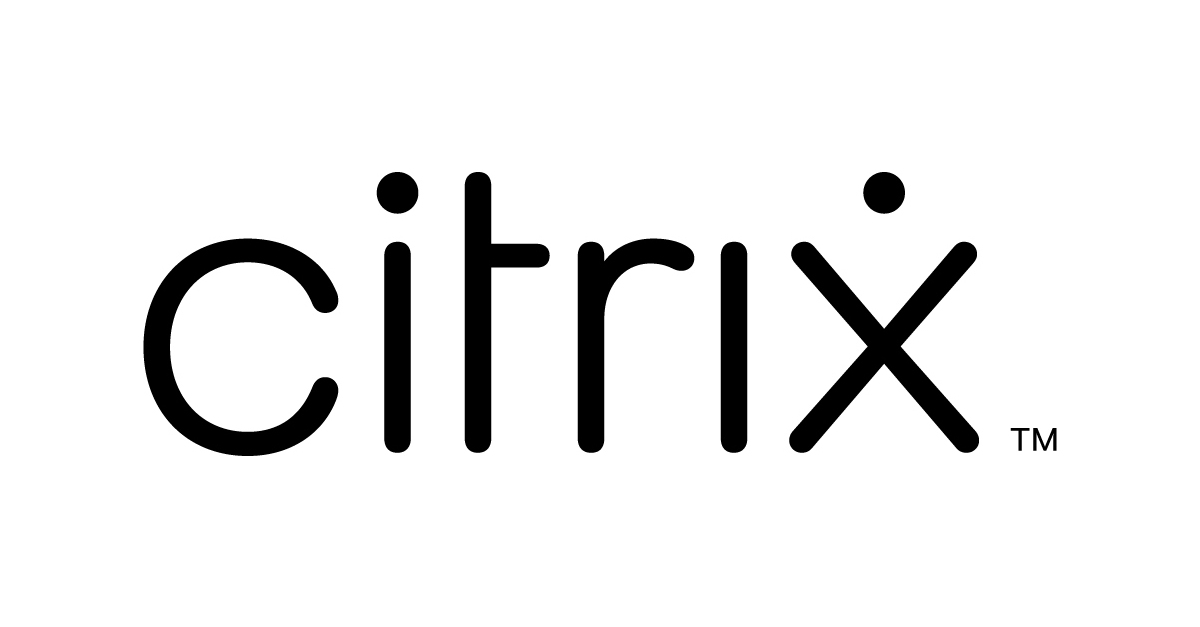As your organization embraces remote and hybrid work models, you’ve likely noticed an increased reliance on Desktop as a Service, or DaaS. Simply put, DaaS lets you deliver virtual desktops over the cloud, allowing employees to securely access their workspace from nearly anywhere and on almost any device. But this convenience introduces serious questions about security.
How do you ensure sensitive data stays safe when users log in from home or use personal devices? Cyber threats—ransomware attacks, stolen credentials, unauthorized access—aren’t hypothetical risks; they’re daily realities businesses now face.
The shift away from traditional office environments means old-fashioned security methods no longer cut it. Instead, understanding DaaS security measures and applying them proactively has become vital.
By doing so, you’re not just protecting your critical data—you’re safeguarding your entire operation, giving your teams the freedom to work securely, wherever they are. In the article ahead, let’s explore how you can strengthen your DaaS security.
Understanding DaaS Security
Desktop as a Service, often called DaaS, is essentially a cloud-based approach to desktop computing. Instead of relying on physical computers housed in your office, your desktops exist virtually, stored securely in a data center operated by a service provider.
Employees log in remotely—whether from home, a coffee shop, or anywhere else—with just a few clicks, accessing their full desktop environment instantly. It simplifies desktop management significantly by eliminating the constant headache of hardware procurement, maintenance, and software updates that your IT teams typically handle.
The real magic of DaaS lies in its connection with the cloud. Your data and applications are centrally stored and managed by trusted cloud providers. This setup allows remote teams or hybrid workforces to use multiple devices—even their own devices—without compromising data security. If a user’s device is lost or compromised, sensitive information remains protected within the virtual environment rather than residing locally.
Compared to traditional in-house security solutions, DaaS offers distinct advantages. Traditional setups rely heavily on physical infrastructure and dedicated personnel to maintain hardware and manage security patches manually.
This approach can become costly, inflexible, and challenging to scale quickly, especially as your team grows or your operations change. DaaS, on the other hand, ensures improved security by centralizing access control, simplifying regulatory compliance (like PCI DSS), and allowing easy deployment of multi-factor authentication (MFA). It gives your organization greater flexibility, reduces risk, and enables you to adapt to evolving security threats more quickly and efficiently.
Key Security Risks Associated with DaaS
Even though DaaS significantly improves security, it isn’t immune from certain cyber threats. Understanding these risks is the first step in protecting your organization’s valuable data.
Compromised Credentials
One major security risk in DaaS environments is compromised credentials—essentially, when login details like usernames and passwords fall into the wrong hands. Cyber criminals frequently exploit weak or reused passwords to gain unauthorized access to your virtual desktops.
Once inside, attackers can easily access sensitive customer data, steal valuable information, or even sabotage your critical systems. Such breaches don’t just compromise trust; they can trigger costly penalties for violating regulatory requirements, especially when handling sensitive data covered by PCI DSS.
Ransomware Attacks
Another critical threat is ransomware attacks, a malicious form of cyberattack where attackers lock you out of your data and virtual desktops, demanding payment to restore access. Because DaaS operates centrally through cloud platforms, ransomware can swiftly affect multiple users simultaneously.
This disruption significantly impacts your day-to-day operations, reducing productivity, causing financial losses, and eroding customer confidence—damage that’s challenging and costly to recover from.
Insecure Remote Access from Personal Devices
Finally, insecure remote access poses serious security concerns, especially as your employees log into DaaS resources from their own personal devices. These devices often lack proper security measures, making them easier targets for attackers looking to infiltrate your virtual desktops and data center resources.
A single compromised device could grant attackers elevated permissions, opening doors to sensitive information and critical company resources. Managing and securing access becomes crucial to maintaining the integrity and safety of your organization’s data.
Crucial Elements of Effective DaaS Security
Robust Access Control and Multi-Factor Authentication
Strict access control is foundational to securing your DaaS environment. By carefully managing user permissions, you ensure employees have only the access necessary to do their jobs—nothing more.
Limiting elevated permissions significantly reduces the risk of unauthorized users or cybercriminals accessing critical data. It’s a straightforward strategy that can prevent significant security incidents before they occur.
Alongside strong access control, implementing Multi-Factor Authentication (MFA) offers an extra layer of protection for your virtual desktops. MFA requires users to provide at least two different forms of verification—like a password plus a unique code sent to their smartphone—before granting access.
Even if a cyber attacker manages to steal login credentials, MFA dramatically reduces the chances they’ll gain entry. This straightforward step significantly enhances your security posture, safeguarding sensitive information, customer data, and your organization’s overall integrity.
Adopting MFA isn’t just a best practice; it’s becoming an essential part of securely accessing cloud-based services in today’s remote work landscape.
Secure Remote Access
When employees access DaaS resources remotely—from personal or existing devices—balancing convenience and security is critical. Secure remote access involves clear, practical measures like ensuring employees use secure Wi-Fi networks, avoiding risky public connections. Educating your remote teams on recognizing phishing attempts and regularly updating their devices reduces exposure to threats significantly.
Additionally, adopting virtual private networks (VPNs) or dedicated remote-access gateways provides secure connections between users and your DaaS environment, further protecting sensitive information.
These steps don’t have to slow down productivity; instead, they create a secure yet user-friendly workspace accessible with just a few clicks. By combining employee training with straightforward security measures, your organization can confidently offer remote access, keeping productivity high while minimizing security risks.
Zero Trust Security Model
The Zero Trust security model is an increasingly popular strategy that assumes no user, device, or connection is inherently trustworthy. Instead of assuming internal connections are safe, Zero Trust verifies every access request independently. Simply put, it’s the digital equivalent of always checking IDs—never automatically trusting anyone, even if they’re already “inside.”
Adopting this proactive approach significantly strengthens your DaaS security. Even if attackers somehow breach your network perimeter, the Zero Trust model makes it incredibly challenging for them to move around or access valuable data. It consistently verifies each user’s identity, their devices, and what they’re allowed to access, preventing unauthorized movement within your systems.
Integrating Zero Trust into your DaaS platform isn’t complex; it involves continuously monitoring access attempts and enforcing verification consistently, whether users are at the office or working remotely.
This approach not only proactively prevents data breaches but also gives you more granular control, dramatically increasing your overall security posture and confidence in your DaaS solution.
Popular DaaS Providers and Their Security Features
When choosing a DaaS provider, security should always come first. Several providers excel in this area, each with its unique approach to keeping your sensitive data safe.
1. Apporto
Apporto combines simplicity with robust security measures, making it ideal if you value ease of use and strong data protection. It provides secure remote access from multiple devices without sacrificing convenience. Apporto keeps sensitive data safely in the cloud, never leaving traces on users’ personal devices.
Strong authentication and encrypted connections further protect your business from common threats like compromised credentials or ransomware. If straightforward yet powerful security is your priority, Apporto delivers exactly that.
2. Azure Virtual Desktop
Microsoft’s Azure Virtual Desktop stands out if your organization already uses tools like Microsoft Teams or Office 365. Azure incorporates built-in multi-factor authentication, protecting login credentials from theft or misuse.
Compliance is another strength—Azure meets critical industry standards such as PCI DSS, helping you confidently handle customer data. If integration with existing Microsoft tools matters to you, Azure is a dependable option.
3. Citrix DaaS
Citrix DaaS provides comprehensive desktop management paired with advanced security capabilities. Its centralized security controls and encryption simplify managing access across your remote teams. Citrix is especially useful if your IT teams prefer granular control over permissions and elevated access.
It’s a strong choice if managing complex permissions or multiple devices securely is your main concern. Each provider approaches security slightly differently. Understanding their differences helps you choose a solution tailored precisely to your business needs.
Benefits of Implementing DaaS Security in Your Organization
Investing in strong DaaS security offers numerous practical benefits to your organization, improving everything from daily operations to long-term financial outcomes. Here are the key benefits you can expect:
- Enhanced Protection from Cyber Threats:
Securing your virtual desktops significantly reduces your vulnerability to ransomware, compromised credentials, and other common security threats, safeguarding your most sensitive data and ensuring business continuity. - Improved Operational Efficiency:
Centralized desktop management means your IT teams no longer need to handle constant hardware maintenance or software updates manually, freeing them up to focus on strategic projects rather than troubleshooting individual issues. - Simplified Regulatory Compliance:
A secure DaaS environment makes meeting regulatory requirements, such as PCI DSS or data protection standards, much simpler. Centralized data storage and management ease the process of regular audits and reduce compliance-related risks. - Reduced Costs and Hardware Procurement:
Transitioning to cloud-based desktops eliminates large upfront expenses related to purchasing hardware. Predictable subscription-based pricing makes budgeting easier, while cloud infrastructure scales effortlessly with your needs. - Greater Flexibility for Hybrid and Remote Work:
Employees can securely access their virtual desktops from any location, on their own devices. This flexibility allows your teams to stay productive wherever they work, helping your organization quickly adapt to shifting workplace dynamics.
Practical Steps to Strengthen Your DaaS Security
Strengthening your DaaS security doesn’t have to be complex. Here are simple, actionable steps you can implement immediately:
- Regularly Review and Update Access Permissions:
Frequently audit user accounts to ensure individuals have only the access they need. Promptly revoke elevated permissions when roles change or when employees leave your organization, reducing risk from compromised accounts. - Train Employees in Cybersecurity Best Practices:
Educate your teams on recognizing common threats like phishing emails, suspicious links, or unusual login attempts. Regular training sessions build awareness, preventing costly mistakes before they happen. - Maintain Open Communication with Your DaaS Provider:
Engage consistently with your service provider to confirm security measures remain current. Regular conversations about compliance updates, new security features, or emerging threats keep your security posture proactive.
Taking these practical steps ensures your DaaS environment stays secure, protecting your critical data, sensitive customer information, and the long-term integrity of your operations.
Future Trends in DaaS Security
As cyber threats evolve, DaaS security continues to advance, incorporating emerging technologies to better protect your data. One significant trend is the growing use of AI-driven threat detection.
Artificial intelligence monitors your virtual desktop environment continuously, quickly identifying suspicious activity or potential breaches before they cause damage. This proactive approach helps your organization respond faster and more effectively to cyber threats.
Additionally, integration with collaboration platforms like Microsoft Teams will become increasingly common. Secure, seamless connections between virtual desktops and collaborative tools allow employees to work efficiently without compromising sensitive data. This combination enhances productivity while maintaining rigorous security standards.
To stay ahead, you should adopt a proactive mindset toward security. Regularly reassess your security measures, stay informed about new cyber threats, and be prepared to integrate innovative solutions. By embracing these emerging trends, you’ll protect your organization effectively, no matter how quickly cyber threats evolve.
Conclusion: Making Your Move Toward Secure DaaS
Investing proactively in DaaS security isn’t just beneficial—it’s essential. Your organization’s success depends on keeping sensitive data safe, maintaining uninterrupted operations, and ensuring compliance with evolving security standards. By prioritizing secure remote access, robust access controls, and staying ahead of emerging threats, you strengthen your business continuity and secure your future.
Now’s the right moment to evaluate your current security practices. Are your virtual desktops adequately protected? Do you regularly update user permissions, train your team, and actively collaborate with trusted providers? Take a closer look at your security posture to identify potential weaknesses.
Partnering with an experienced DaaS provider, like Apporto, and consulting with security experts can make all the difference. Don’t wait for a breach—start your security review today. Reach out to your DaaS provider, schedule an audit, or seek professional guidance to ensure your organization remains secure and ready for whatever challenges lie ahead.

